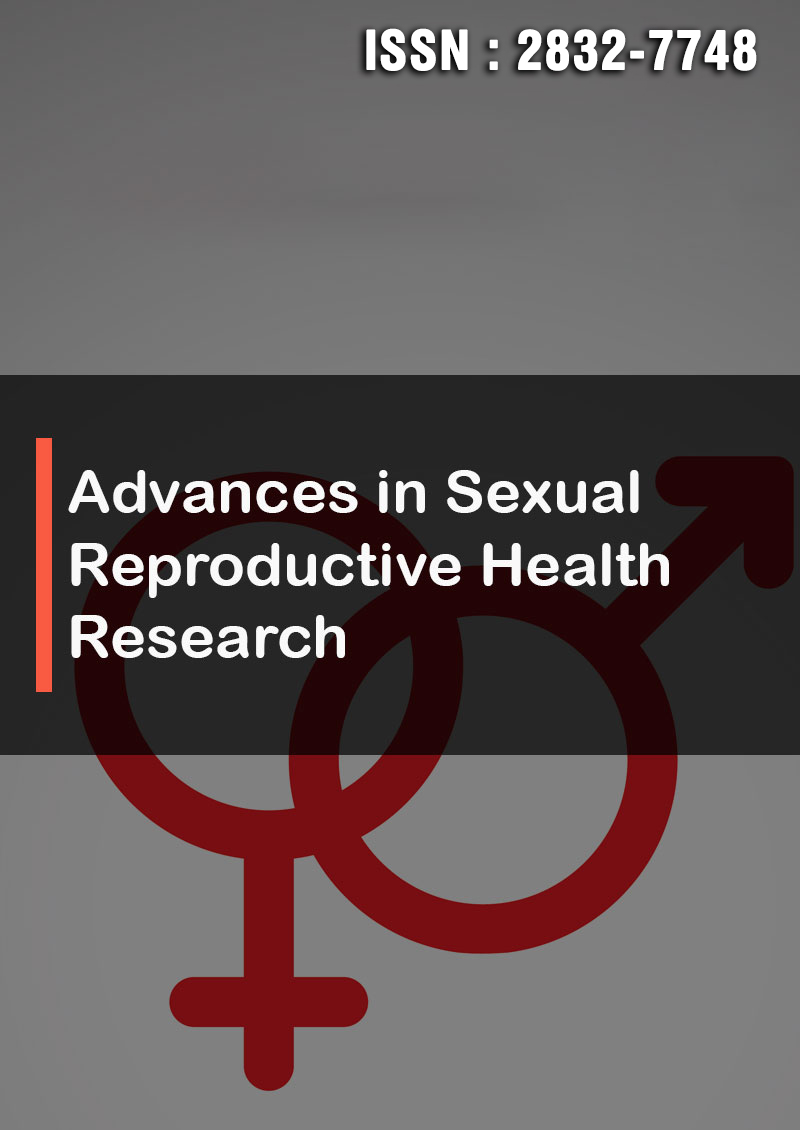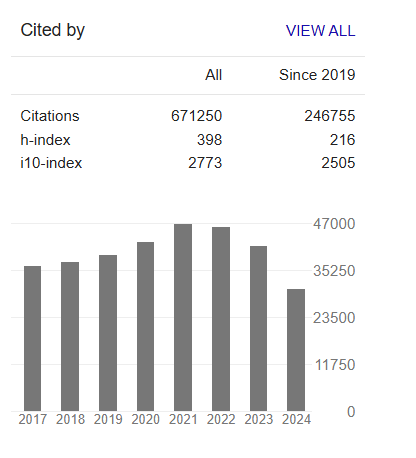Determinant of Early Age Sexual Initiation: The Associated Factors Among Rural Women in Ethiopia: Evidence from EDHS 2016
Abstract
Solomon Sisay Mulugeta, Shewayiref Geremew Gebremichael
Background: The aim of this study was to examine the determinant factors on early age sexual intercourse among rural women in Ethiopia.
Methods: This study contains further analysis of the Ethiopian Demographic and Health Survey (EDHS) 2016 dataset. A total of 8001 participants of under reproductive age (15–49 years) women, who had at least one set of sexual intercourse, were involved in the analysis. The binary logistic multivariable analysis result was obtained by STATA-14 software.
Results: Among the rural women in Ethiopia, more than half (59.6%) of women was experienced sexual intercourse at early age. The higher proportion of experiencing early age sexual initiation among rural women was found in Amhara (18.63%) region. Age of women [(OR= 0.374;95%CI:0.301-0.465) of 20-24 years, (OR= 0.44;95%CI:0.36-0.54) of 25-49 years], geopolitical region [Amhara (OR=1.514; 95%CI:1.25–1.83), Oromia (OR=0.74; 95%CI:0.64-0.905), Somali(OR=0.47; 95% CI: 0.364-0.658), SNNPR (OR= 0.5; 95% CI: 1.13–1.81), and Dire Dawa (OR=0.68; 95% CI: 0.49-0.941)]; women age at first birth (OR=0.3; 95% CI: 0.11-0.5) of greater than 18 years old; HIV/AIDS awareness (OR=0.4; 95% CI: 0.183-1.604, had awareness); chat chewing(OR=1.23; 95% CI:1.03-1.47); willingness at first sex (OR=2.51; 95% CI: 1.22-3.8, by force); marital status [married women (OR=2.52; 95% CI:1.69-3.75); divorced/separated women(OR=2.39; 95% CI: 1.58-3.63)]; and educational attainment [secondary school and above completed (OR= 0.231; 95% CI: 0.183-0.291) and primary level of education (OR= 0.67; 95% CI: 0.06-0.76)] were examined as statistically significant factors
Conclusion: The commencement of early age sexual initiation among reproductive-age women was high. This study suggests that continued programmatic and policy initiatives should be directed to improve adolescent’s overall situation as a means of improving their sexual health.




